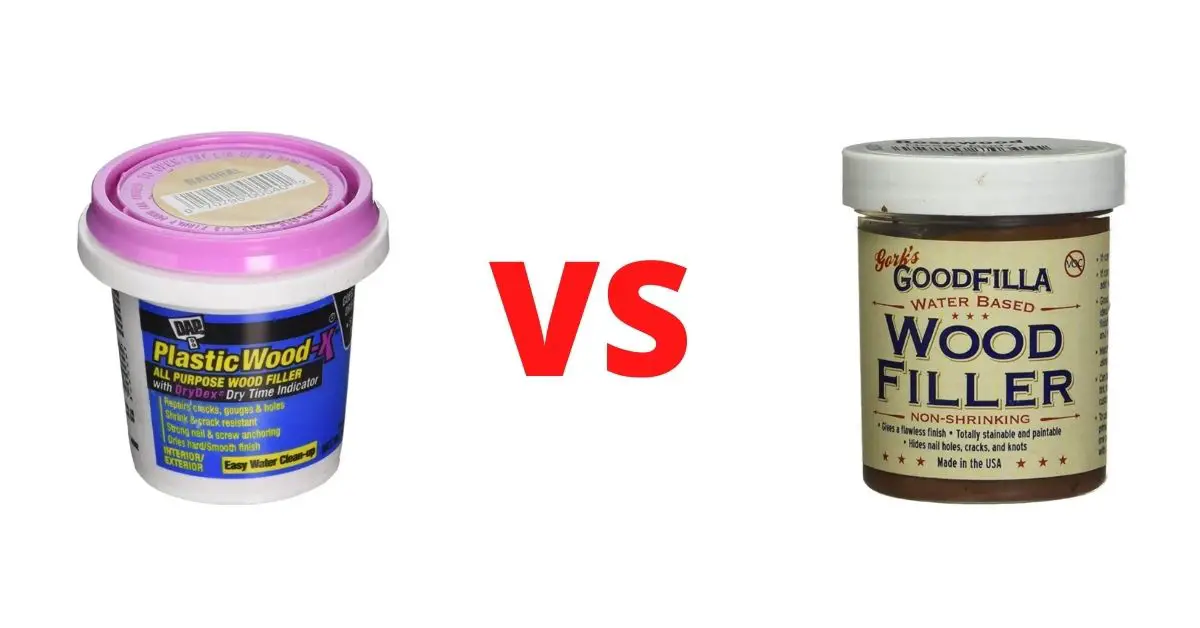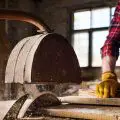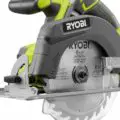Woodworking
Wood Putty vs Wood Filler
Making a choice between wood putty and wood filler can be pretty confusing. While these items are designed to fill cracks and holes in wood, they're explicitly made for different purposes.
Today, we put wood putty and wood filler to the test in a detailed comparison so you can finally know the difference!
Let's get started!
Wood Putty (Plastic Wood) Overview
Oftentimes, wood putty is called “plastic wood.” It is among the most common wood-filling products in most workshops, and it is the most popular option anytime you have to fix an issue or fill a hole. Nevertheless, it is not the most suitable for all situations.
How & when to use
Normally, wood putty is utilized after applying varnish or staining the wood. Therefore, it is excellent for wood products that have been finished and simply require a touch-up. Again, this will come in handy if you're fixing furniture.
Nonetheless, wood putty is not supposed to be utilized on raw timber since it frequently features chemicals that could probably be damaging. It has a soft texture and can, at times, be pretty rigid. Due to this, it would help if you used a putty knife when applying. Also, this makes it somewhat tricky to use.
Upon applying it, you need to allow it to dry for a long time. Regardless of some products being marketed as “fast-drying,” they all take quite some time to harden. At times you're forced to blend the putty with hardening compounds for it to dry quickly. Nevertheless, other brands harden without mixing them with these chemicals.
The extended drying period impacts the final product's color. Many light shades darken once they dry; therefore, it would help if you bought a slightly lighter color than the one you require. Another downside with the long drying period is that the wood putty can gather debris and dust when drying.
Available Options
Since wood putty is so common, there are plenty of options to choose from. You can find a wide range of products which come in different colors.
Ingredients
Different wood putty brands make them using various methods. However, it is usually oil-based, though the precise oil amount used is different. Boiled Linseed oil is the most popularly preferred option, though there are other useable options in the market.
Additionally, the wood putty has a colorant, typically offering it a wood-like color. Again, most feature Calcium Carbonate. Thus, in case you're in a rash and need to incorporate a chemical hardener, you have to consider those chemicals.
Wood Putty (Plastic Wood) Pros and Cons
Pros:
Cons:
Wood Filler Overview
Wood filler is rather different from its counterpart and is manufactured to use under different circumstances. Overall, these two cannot be interchanged.
How & when to use
Unlike wood putty, wood filler is applied before staining or applying varnish. Also, it won`t damage raw wood-like its counterpart.
It is similar to putty but much easier to apply and spread. Additionally, wood filler dries quite fast. In fact, it does not take more than 30 minutes to dry, despite the size and design of the wood. All wood fillers will dry within 24 hours, but most of them dry way before that.
Furthermore, if you`re in a hurry with your workpiece, you can purchase the “fast drying” options in the market.
Available Options
Typically, wood fillers feature a natural color. This simply means that you have to incorporate tints or dyes of your choice. On the other hand, you have to apply before staining; thus, this is not a big deal.
Besides, it is advised that you combine the filler with sawdust from the wood you intend to use it on since it will make it appear more natural. Lastly, you can mix it with tints and dyes if the filler looks nothing like your timber.
Ingredients
Wood filler is composed of a variety of products like clay, epoxy, and lacquer. However, latex is the most common since it is water-based, making it that much easier to clean up. Besides, it blends decently with dye, letting you utilize it for bigger holes without making the timber look shoddy.
Polyurethane and epoxy are as well quite useful in the workshop. But they need slightly more sanding, which should be done before adding a finish.
Wood Filler Pros and Cons
Pros:
Cons:
Differences Between Wood Putty vs Wood Filler
While these two products sound similar, they have several differences which make them ideal for different purposes.
Here they are;
Sanding
As mentioned above, you have to sand wood filler, but this is not the case with wood putty. This is crucial to remember since wood putty has to remain on an even and steady surface. It would be best to avoid smoothing or sanding it down.
Unfinished or finished wood
This is the most prevalent difference. Wood putty should only be used on finished timber. On the other hand, wood filler is typically utilized on unfinished wood. But wood filler can be applied on both unfinished and finished wood.
Outdoor use
When it comes to outdoor application, the wood filler will not be as resilient as wood putty. For this reason, if you`re working on your project outdoor, then putty is the most suitable option since it can endure the outdoor elements. This is regardless of it being oil-based.
Material
Putty is designed to be an adhesive, typically made using plastic. However, the filler is made using timber fibers or sawdust, which will mix impressively with finished timber.
Painting
In this category, wood filler is a better option. Wood putty won`t paint as well. Though if it is somewhat old, then it can be used, provided you have the correct type of paint. But, in the long run, it's much safer to utilize wood filler with paints.
Summary
Now that you know the purpose of each product, it`s time to continue with your project confidently, knowing the specific product to use according to its purpose to achieve the best results.







